Hip replacement | Artificial hip joint
Methods | Components | Fixation | Material and tolerability | Service life | Surgery | Consultation
WHEN DO I NEED AN ARTIFICIAL HIP?
If the pain is defining your life and no clear improvement of the hip problems has occurred despite conservative treatment, it is time to consider a joint replacement or artificial joint.
The implantation of an artificial hip joint (hip replacement) has the goal of restoring freedom from pain, movement and mobility. However, an artificial joint can never fully match the perfection of a natural joint. There are artificial hips in various sizes and different materials.
Thanks to the well developed, tissue-preserving keyhole surgery method whereby the artificial hip is implanted minimally invasively from the front, the stabilising muscles of the hip are simply pushed to the side and not cut through, as previously. An incision in the skin of around eight centimetres is enough to fit the artificial hip.
WHAT ARE THE ADVANTAGES OF THE SOFT-TISSUE-ORIENTED METHOD?
With the well-developed, tissue-preserving keyhole surgery method, the artificial hip is implanted with a minimally invasive procedure. Unlike previous methods, the stabilising muscles of the hips are simply pushed to the side and not cut through. A skin incision of around eight centimetres is enough to insert the artificial hip. The patients suffer from significantly less pain after the surgery, as the muscles have not been injured. Thanks to this tissue-sparing procedure, the loss of blood can be limited so an autologous blood donation is no longer required.
The artificial hip has four components. Two of these are directly connected to the bone: the hip socket with the pelvis and the shaft with the interior of the femur. The new femoral head and the lining of the hip socket (called the inlay) form the new cartilage.
The shaft
The artificial hip shaft is anchored strongly inside the femur. This is possible as the femur is hollow on the inside (a long bone). The upper part of the shaft forms the new neck of the femur and has a cone which attaches to the new artificial head of the femur. There are various models of hip shafts which differ in length (prostheses with short, standard or long shafts and revision prostheses). The hip shaft model which is best suited is decided dependent on the personal situation, age and bone quality. 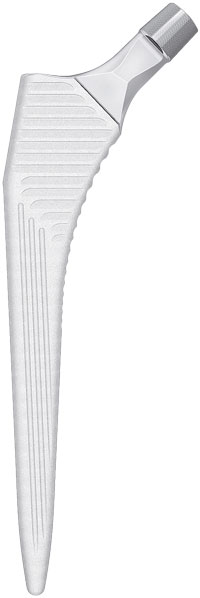
The head
The head of the new artificial hip joint forms the new artificial cartilage for the head of the femur. This can be either ceramic or metal (steel). The diameter of the head is normally between 28, 32 and 36 millimetres. The surface of the head is highly polished so that it can move well and with little friction within the new hip socket.
The double-mobility femoral head is a special form. In this case, there is a further, smaller, mobile head inserted into the head of the femur. This gives increased stability and a lower risk of the hip joint dislocating. The double-mobility femoral head is used in elderly patients and those with neurological disorders to reduce the risk of the dislocation of the operated hip joint through an incorrect movement.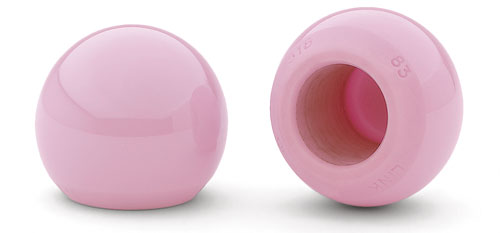
The socket
The artificial socket is fixed in the natural socket in the pelvis and completely replaces this. There are also different models of socket. Different socket models are used depending on the individual situation and bone quality.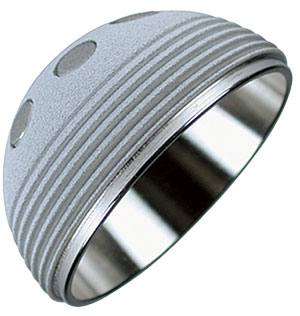
The inlay
The inlay forms the new artificial cartilage for the artificial socket. The inlay is fixed within the corresponding socket with an optimal fit to the new femoral head.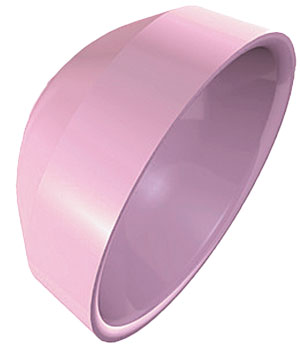
The artificial socket and the shaft can either be anchored in the bone with cement or without. Mixed forms are also possible, so called hybrids – where the socket is cemented but the shaft is not, or vice versa. The chosen fixation depends on the bone quality of the femur and pelvis. As this can only be determined during the surgery, unplanned changes may occur at a short notice.
Cement-free or uncemented fixation
After the hip socket or shaft is carefully prepared, it gets firmly pressed into the corresponding bone, without using a fixation through cement. The artificial socket and shaft are specially coated so the bone can quickly grow into the new body parts. Nevertheless, it still takes up to six weeks for the bone to fully merge with the new artificial joint.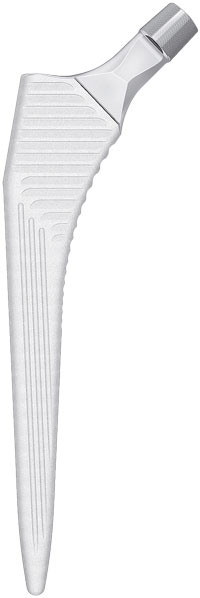
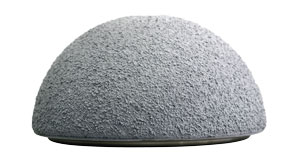
Cemented fixation
A fixation with cement is required, when the quality of the bone is not optimal due to brittle-bone disease or osteoporosis. The cement hardens rapidly, creating a solid bond between the artificial material and the natural bone. In addition, the cement can be premixed with antibiotics which are slowly released around the implanted prosthesis, reducing the risk of infection. This method allows full weight-bearing very soon after the surgery.
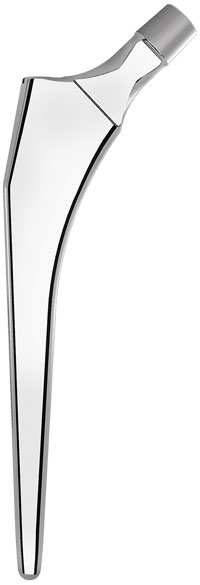
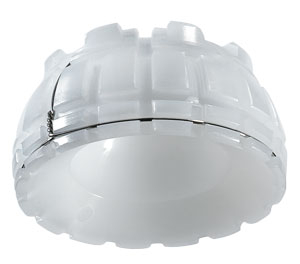
We always strive to use contemporary and innovative materials which are not only well tolerated but also highly resistant to corrosion and/or show little mechanical wear.
The metal components attached to the pelvis or femur are made of titanium or steel. Steel is a mixture of various metals such as cobalt, chrome, molybdenum, iron, manganese and nickel.
Wherever possible, cement-free fixations are used as well as sockets and shafts made of titanium, as it’s the best tolerated metal in humans. So far, no allergies have been reported. If the shaft or socket needs to be cemented due to an unstable bone quality, usually a shaft made of steel and a plastic socket are used. With this method allergic reactions to the cement itself or to components released from the steel shaft can occur.
The artificial cartilage of the new hip joint is situated on the femoral head as well as on the socket inlay. Wherever possible, ceramic products are used for this, as it causes no abrasion. Other glide pairings such as metal-metal or metal-plastic cause abrasion and can lead to inflammatory reactions, pain or early loosening of the artificial joint. If a metallic abrasion occurs components can enter the blood, causing poisoning of the organs such as the kidneys, liver or intestines. We therefore usually use ceramic and in rare cases, ceramic-plastic (ultra-high molecular polyethylene).
An artificial hip is a temporary solution, due to the wearing of the gliding pairing, especially if metal or plastic were used, or by the natural ageing process (osteoporosis), which influences the artificial joint’s stability.
The average lifespan of an artificial hip is currently at least 10 to 15 years due to the tissue-sparing surgical method and the materials available today (e.g. a ceramic-ceramic glide pairing). Infections, bone breakages (e.g. through a fall) or rapid progression of the osteoporosis lead to a decreased lifespan of the artificial hip.
Everything you need to know about hip surgery or artificial hip implants can be found here.
Your well-being and personalised treatment are the focus at the Pyramid Clinic.
As the Pyramid Clinic is a private clinic, supplemental insurance is required: Treatments in our clinic require private or semi-private insurance. Naturally, we can also treat patients with general insurance if they opt for an upgrade.
Our experienced specialists will give you a personal consultation. Please contact us for more information or schedule an appointment directly: